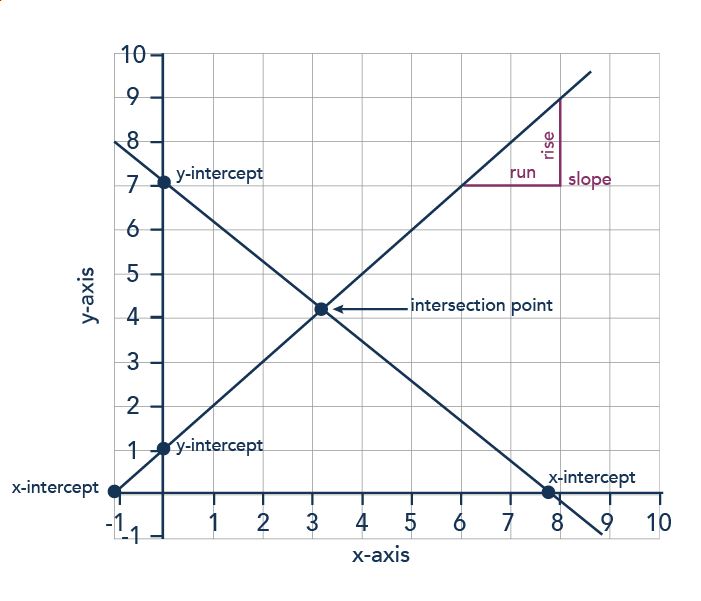

In addition, the authors question what would happen if economic transition period ended in Azerbaijan’s economy. Company doesnt provide services to citizens and residents of USA, Canada, European Economic Area, Switzerland, Israel, New Zealand, Australia, North Korea, Puerto Rico, Singapore, Indonesia, Russia, Iran and Yemen. In this paper, the authors discuss the political-economic and economic process in the whole period as well as analyze the macroeconomic performance with and without oil & gas contribution.

On the other hand, Azerbaijan officially declared the end of economic transition process in its economy in 2009. Thus, by opening “Baku-Tbilisi-Ceyhan” pipeline in 2005, Azerbaijan’s macroeconomic indicators experienced considerable growth for the following years. This graphical analysis is represented throughout the article. Shows how the Cournot-Nash and Stackelberg equilibria can be represented in the familiar supply-demand graphical framework, allowing a direct comparison with the monopoly, competitive, and industrial organization models. In this sense, signing the “Contract of the Century” was a turning point toward oil based high speed economic growth or oil boom period. Journal of Economic Education, v28 n1 p48. Employment, GDP, inflation rates, housing, consumer spending and much more.
#ECONOMIC GRAPHICAL ANALYSIS SERIES#
However, after 1995, the restructuring of the economy started. A series of current and historical charts tracking U.S. In the first years of independence, serious economic recession was observed.

After regaining independence in 1991, Azerbaijan implemented economic transition process toward market economy. The aim of this research is to analyze macroeconomic performance and discuss transition indicators in Azerbaijan economy for 1991-2012.


 0 kommentar(er)
0 kommentar(er)
